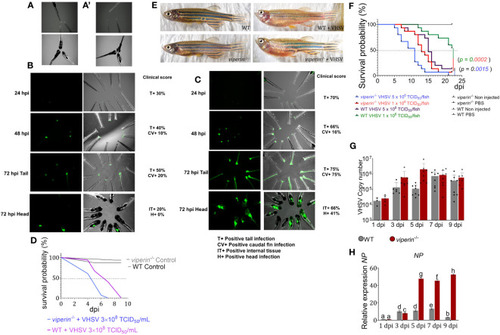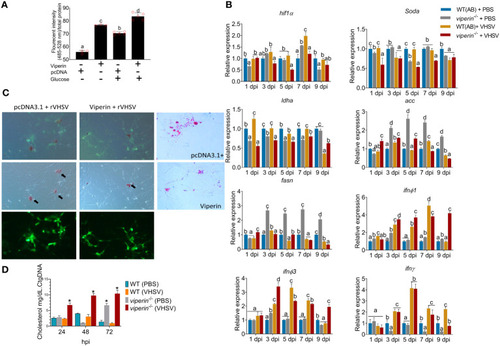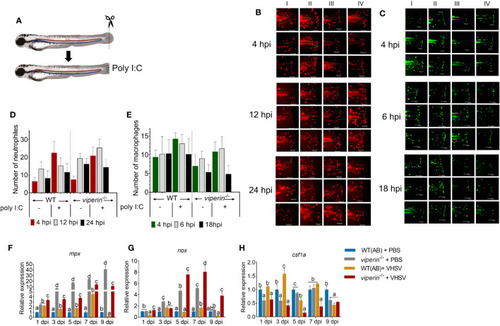- Title
-
Viperin mutation is linked to immunity, immune cell dynamics, and metabolic alteration during VHSV infection in zebrafish
- Authors
- Shanaka, K.A.S.N., Jung, S., Madushani, K.P., Kim, M.J., Lee, J.
- Source
- Full text @ Front Immunol
|
The VHSV infection experiment in PHENOTYPE:
|
|
Metabolic alterations in the |
|
Neutrophil and macrophage recruitment in |



